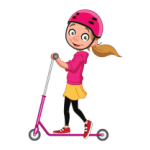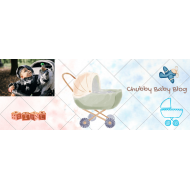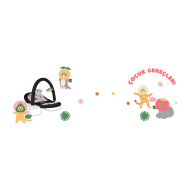
1. Safety Precautions:
Compliance with Quality Standards: Checking the compliance of the child car seat with safety standards provides the best protection in case of accidents. Consider standards such as ECE R44/04 or R129 (i-Size) in Europe, FMVSS 213 in the USA.
Correct Installation: Installing the seat correctly is critical to your child's safety. During assembly, make sure that the seat sits securely, the belts are fastened in the correct places and there is no looseness. Follow the installation manual carefully and seek professional help if necessary. Tight Connections: It is important to regularly check belts and connection points to ensure their tightness. Also, periodically check the seat for loose parts. Rear-oriented use: Rear-facing seats are recommended for newborns and young babies. This minimizes head and neck injuries.
2. Selection by Age Groups:
Newborns and Babies: Starting from newborns, rear-facing baby seats are important for safety. Also, check if the seat fits your baby's size.
1-4 Years: As babies grow, convertible car seats may be preferred. These seats are generally models that can adapt to your baby's growth and are ideal for long-term use. Adjustable height features and horizontal positioning options should also be considered.
Ages 4-12: Height adjustable booster seats are ideal for this age group. Booster seats direct the car belt towards the child's shoulder and hip area, increasing your child's safety. However, make sure the booster seat is suitable for your child's height.













Leave a Comment